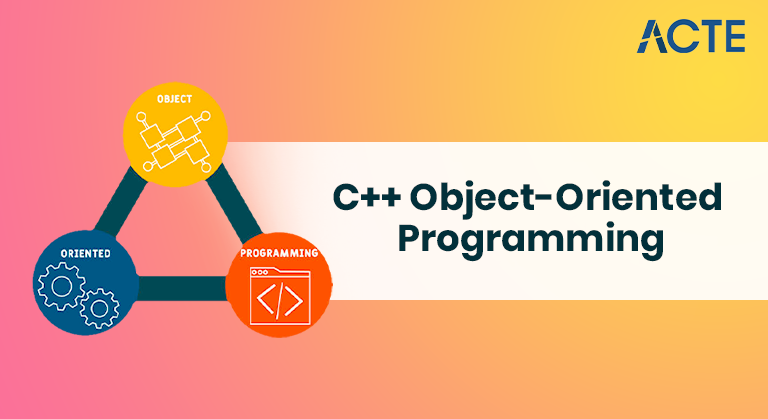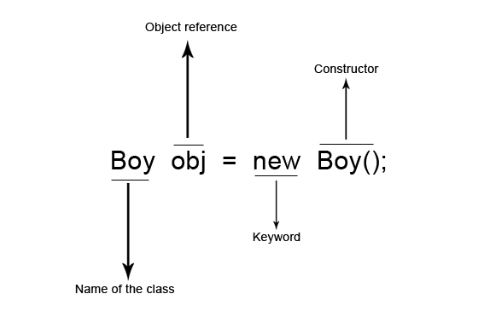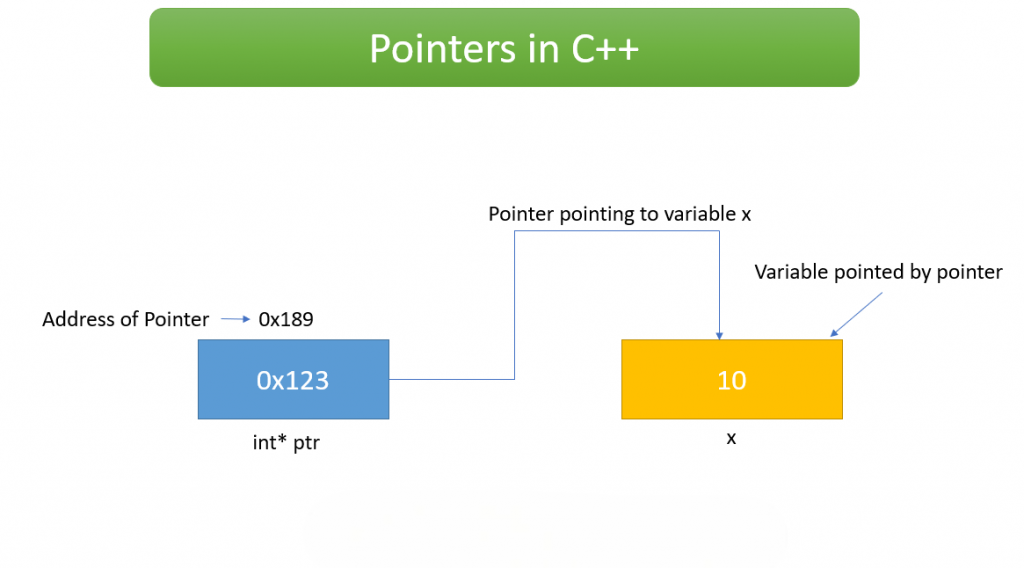
- Understanding Object-Oriented Design
- Class Definition in C++
- Creating Objects from Classes
- Public, Private, and Protected Members
- Constructors and Destructors
- This Pointer in C++
- Member Functions and Accessing Data
- Conclusion
Understanding Object-Oriented Design
Object-Oriented Programming (OOP) is a paradigm that organizes software design around data, or objects, rather than functions and logic. In C++, classes and objects form the backbone of OOP, enabling developers to model real-world entities in code. A class is essentially a blueprint for creating objects, encapsulating both data and the methods that operate on that data. Objects, on the other hand, are specific instances of these blueprints, each maintaining its own state but sharing the behavior defined in the class. By leveraging OOP principles such as encapsulation, inheritance, and polymorphism, C++ allows developers to create modular, maintainable, and reusable code. Classes help in organizing related data and functions together Cloud Computing Training, while objects allow for multiple independent instances that behave according to the class definition. This design methodology encourages thinking in terms of entities and their interactions, rather than just sequences of operations. Object-Oriented Design (OOD) is a fundamental approach to software development that focuses on modeling a system using real-world entities, known as objects. It builds upon Object-Oriented Programming (OOP) principles such as encapsulation, abstraction, inheritance, and polymorphism to create modular, reusable, and maintainable software. In OOD, a problem is broken down into a set of interacting objects that represent both data and behavior. Each object is defined by a class, which acts as a blueprint, outlining its properties (fields) and behaviors (methods). The goal is to create a design that mirrors how users and systems interact in the real world, making the software easier to understand and evolve. Key principles of good object-oriented design include low coupling (objects are independent of one another) and high cohesion (each class has a clear, focused purpose). These principles ensure that systems are easier to modify and test over time.
To Earn Your Cloud Computing Course Certification, Gain Insights From Leading Cloud Computing Experts And Advance Your Career With ACTE’s Cloud Computing Course Today!
Class Definition in C++
In C++, a class is defined using the class keyword followed by its name and a set of curly braces containing its members. Members can be variables (data members) or functions (member functions), and they represent the state and behavior of the class, respectively. The basic syntax for a class definition is Linux Operating System:
- class ClassName {
- public: // Public members
- private: // Private members
- protected: // Protected members
- };
Access specifiers public, private, and protected determine the level of accessibility of the class members. By default, members of a C++ class are private. A class definition acts as a template; no memory is allocated for the class until an object is created from it. The structure of a class is crucial for ensuring data hiding, modularity, and ease of maintenance.
Creating Objects from Classes
Once a class is defined, objects can be created as instances of that class. Creating an object involves allocating memory for its data members and enabling access to its member functions. The syntax is straightforward: ClassName objectName;

Would You Like to Know More About Cloud Computing Course? Sign Up For Our Cloud Computing Course Now!
Public, Private, and Protected Members
public Members
- Accessible from anywhere in the program.
- Can be accessed by any class, even outside the package.
- Commonly used for methods or constants meant to be universally available Cloud Computing Training. Example: public int age;
- Accessible only within the same class.
- Provides strong encapsulation by hiding internal data.
- Not accessible from subclasses or other classes, even in the same package. Example: private String name;
- Accessible within the same package and by subclasses (even in different packages).
- Useful in inheritance when subclass access is required, but not full public exposure. Example: protected void displayInfo();
- class MyClass {
- public:
- MyClass();
- MyClass(int value);
- };
- This is an implicit pointer available in all non-static member functions.
- It points to the current object invoking the member function.
- Used to resolve naming conflicts between class members and function parameters Reverse a String .
- Allows returning the current object from a method (useful for method chaining).
- Not available in static member functions.
- Commonly used in operator overloading to return the current object.
- Helps in improving code clarity and maintaining object context within methods.
- class MyClass {
- public:
- void display();
- };
- void MyClass::display() { // Function body
- }
private Members
protected Members
Constructors and Destructors
Constructors are special member functions automatically called when an object is created. Their primary purpose is to initialize the object’s data members. In C++, constructors have the same name as the class and do not have a return type. They can be overloaded to allow multiple ways of initializing an object.
For example:
Destructors, on the other hand, are special functions automatically called when an object goes out of scope or is explicitly deleted Break and Continue In C . They have the same name as the class, preceded by a tilde (~), and no parameters or return type. Destructors are used to release resources such as dynamic memory or file handles. Together, constructors and destructors manage the lifecycle of an object in a controlled manner.
Gain Your Master’s Certification in Cloud Computing by Enrolling in Our Cloud Computing Master Program Training Course Now!
This Pointer in C++

Are You Interested in Learning More About Cloud Computing Course? Sign Up For Our Cloud Computing Course Today!
Member Functions and Accessing Data
Member functions define the behavior of a class by operating on its data members. They can be declared inside the class definition and defined either inside or outside the class. When defined outside, the scope resolution operator :: is used to specify the class they belong to Lambda Expression . For example:
Accessing data members directly is possible if they are public, but in most cases, accessor (getter) and mutator (setter) functions are used to retrieve and modify private data members. This ensures that the internal representation of the object can be changed without affecting the external interface, promoting maintainability.
Preparing for Cloud Computing Job Interviews? Have a Look at Our Blog on Cloud Computing Interview Questions and Answers To Ace Your Interview!
Conclusion
Understanding the core concepts of object-oriented programming (OOP) in C++ and Java is essential for writing efficient, maintainable, and scalable software. Topics such as classes and objects, access modifiers, the this pointer, and threading in Java form the foundation of modern software development. A class acts as a blueprint for creating objects, encapsulating both data and behavior. With access modifiers like public, private, and protected, developers can control how class members are accessed, ensuring data integrity and security. The this pointer in C++ adds clarity by allowing functions to reference the current object, which is particularly helpful when resolving naming conflicts or implementing fluent interfaces Cloud Computing Training. In Java, understanding threads and their management is vital for developing responsive and high-performance applications. Whether creating threads by extending the Thread class or implementing Runnable, choosing the right approach impacts flexibility and design. Additional features like thread priorities and synchronization help manage concurrent execution effectively. Together, these concepts enable developers to model real-world problems, promote code reuse, and manage complexity. Mastery of these principles leads to better software architecture and prepares developers to tackle larger, more complex projects with confidence and clarity.





